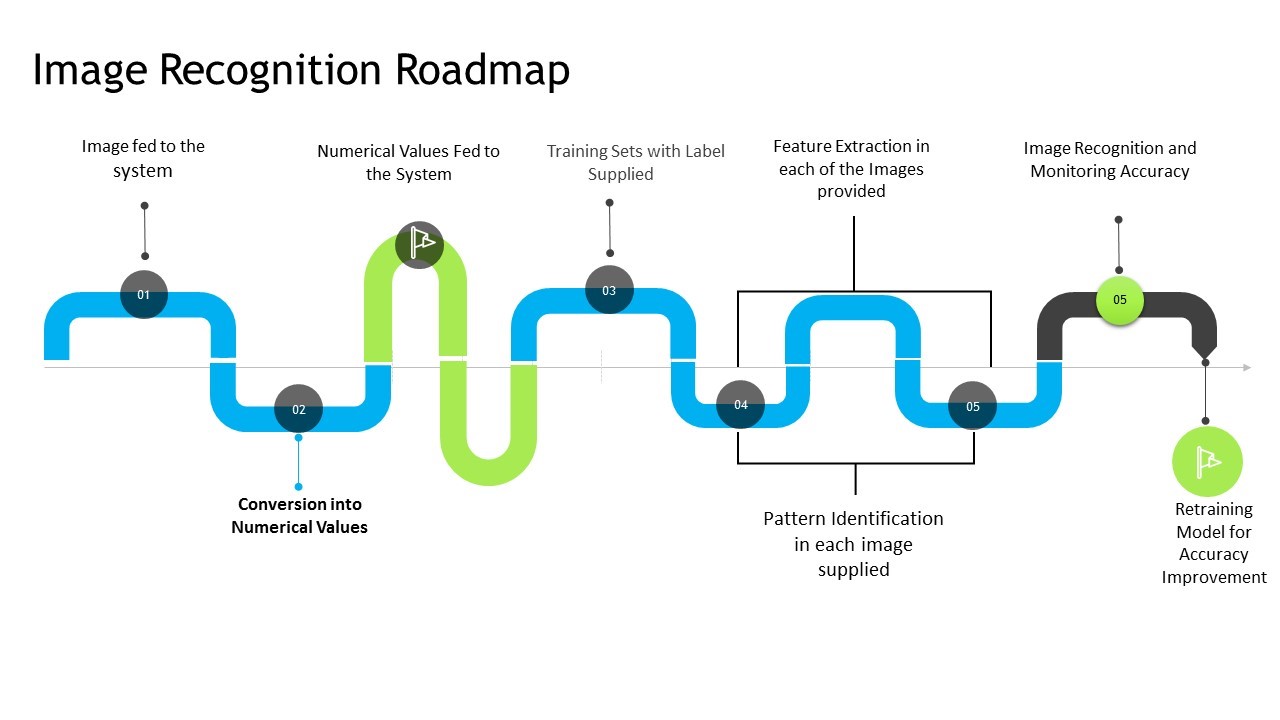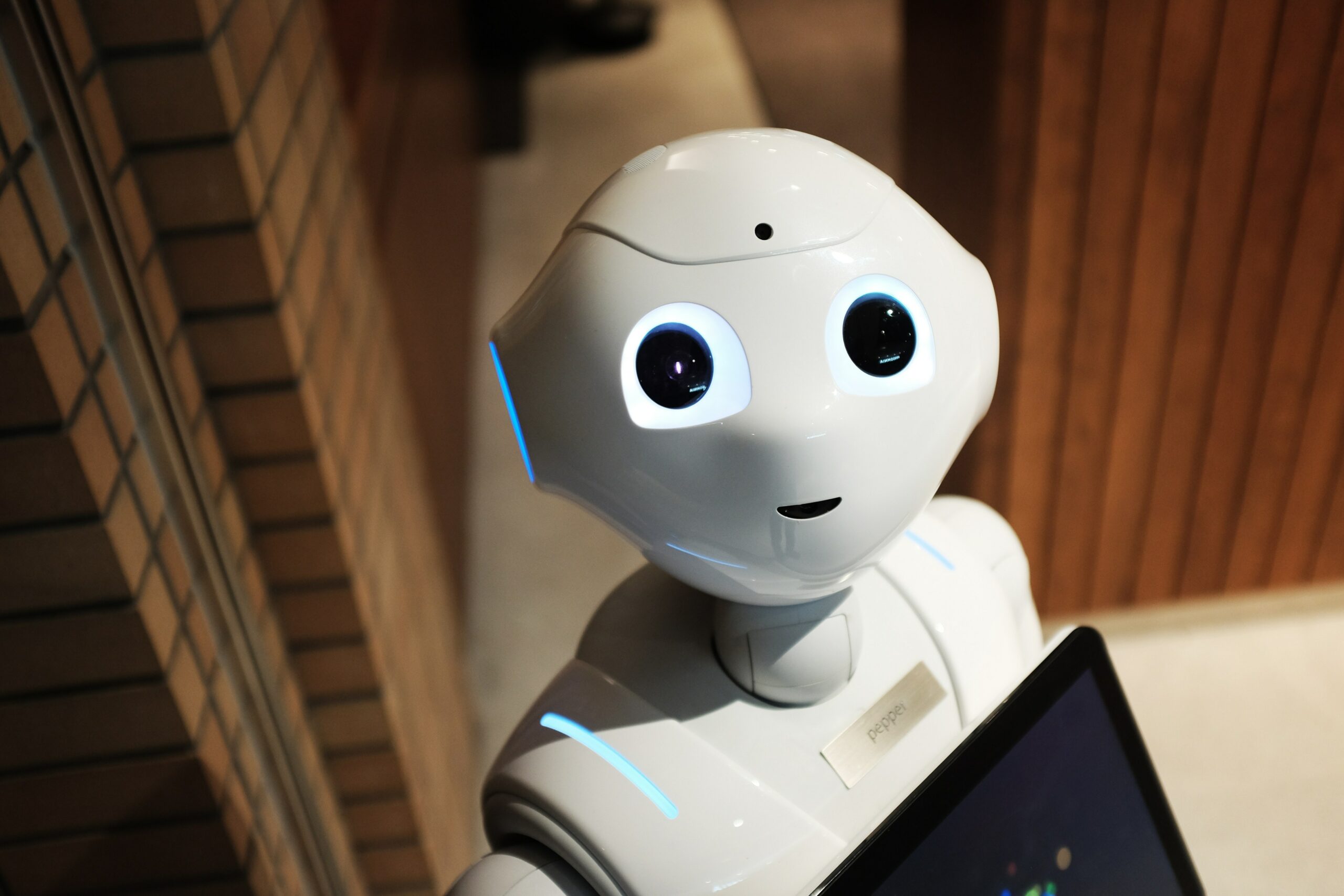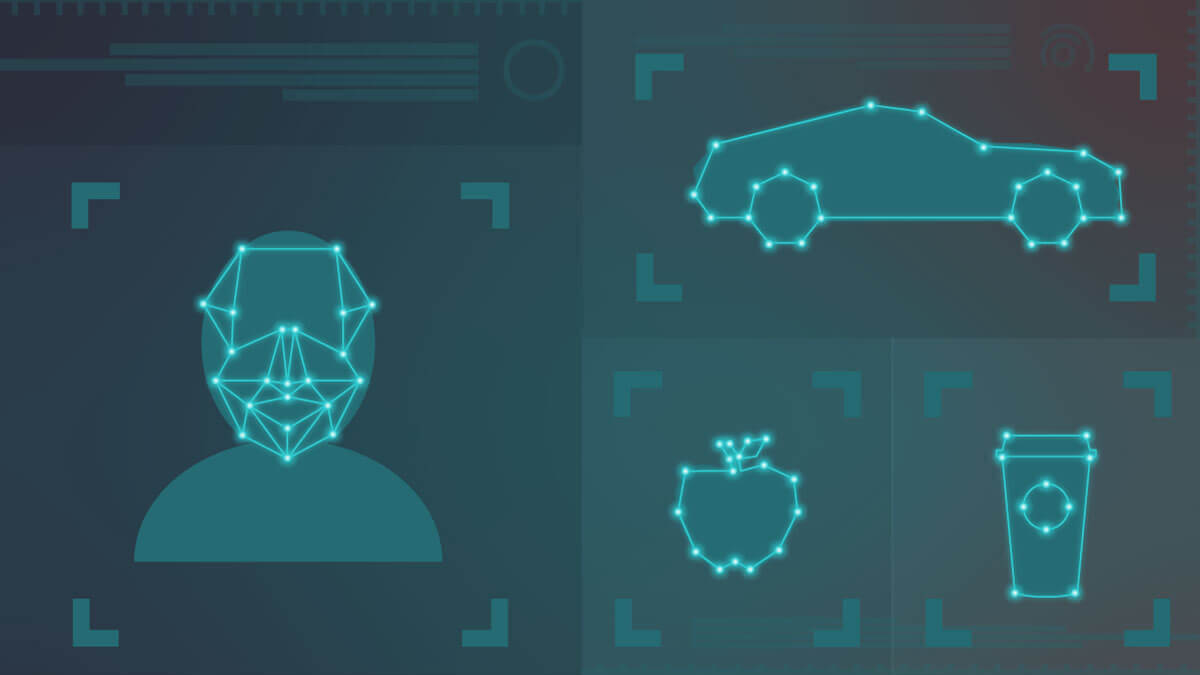In today’s digital age, the vast amount of visual data available on the internet and other sources has created a need for advanced technologies that can efficiently analyze and understand images. Image recognition and analysis, also known as computer vision, has emerged as a groundbreaking field that utilizes artificial intelligence (AI) to process and interpret visual information. This article explores the concept of image recognition and analysis, its applications across various industries, and the future potential it holds.
Understanding Image Recognition and Analysis

Image recognition and analysis involve the application of AI algorithms to process, interpret, and understand visual data. The goal is to enable computers to identify objects, patterns, and features within images, similar to how humans perceive and comprehend visual information. This technology has seen significant advancements in recent years, thanks to the progress made in machine learning and deep learning techniques.
The Evolution of Image Detection Technologies
The journey of image recognition technologies dates back to the 1950s when researchers first explored the possibility of teaching computers to recognize and understand visual data. Over the years, various approaches, such as template matching, edge detection, and feature-based methods, have been developed. However, the real breakthrough came with the advent of deep learning and convolutional neural networks (CNNs), which revolutionized the field and enabled the development of highly accurate and efficient image recognition systems.
Applications of Computer Vision Image Recognition and Analysis
Retail and E-commerce
Image recognition has transformed the way we shop online. By analyzing product images, AI-powered systems can identify and categorize items accurately. This technology enables visual search capabilities, allowing users to find similar products by simply uploading an image. Retailers also leverage image recognition for inventory management, detecting counterfeit products, and enhancing the overall shopping experience.
Healthcare and Medical Imaging
In the healthcare industry, image recognition plays a vital role in diagnosing diseases and analyzing medical images, such as X-rays, CT scans, and MRIs. AI algorithms can detect anomalies, assist in the early detection of conditions, and aid in treatment planning. Image recognition technologies also enable telemedicine, where doctors can remotely analyze medical images and provide timely guidance.
Autonomous Vehicles
Autonomous vehicles heavily rely on image recognition and analysis to navigate and make informed decisions on the road. Cameras installed in self-driving cars capture real-time images, which are processed and analyzed to identify objects, pedestrians, traffic signs, and other vehicles. This technology enhances road safety and contributes to the development of fully autonomous vehicles.
Security and Surveillance Systems
Image recognition has significantly enhanced security and surveillance systems. By analyzing video footage and images, AI-powered systems can detect suspicious activities, recognize faces, and identify potential threats. This technology is used in airports, public spaces, and high-security areas to ensure public safety and prevent crime.
Augmented Reality
Augmented reality (AR) relies on image recognition to overlay digital content in the real world. By recognizing specific objects or markers, AR applications can provide users with interactive and immersive experiences. From gaming to interior design and education, AR has found applications in various fields, enhancing user engagement and interactivity.
How Image Recognition Works: Key Components and Techniques

To understand how image recognition works, it is essential to grasp the key components and techniques involved in the process.
Image Acquisition
The first step in image recognition is acquiring images through cameras, scanners, or other sensors. High-resolution images are crucial for accurate analysis and recognition.
Preprocessing
Preprocessing involves enhancing and standardizing images before analysis. Techniques such as noise reduction, resizing, and normalization are applied to ensure optimal input for the recognition algorithms.
Feature Extraction
Feature extraction involves identifying meaningful patterns and features within the images. These features act as distinguishing characteristics and play a crucial role in recognizing and classifying objects.
Classification and Recognition
In this step, machine learning algorithms classify the extracted features into predefined categories. Convolutional neural networks (CNNs) are commonly used for image classification tasks, as they can learn and recognize complex patterns within images.
Challenges in Image Detection and Analysis
While image recognition technology has made tremendous progress, it still faces several challenges that researchers are actively working to overcome.
Variability and Complexity of Visual Data
Images can vary significantly in terms of lighting conditions, angles, resolutions, and object appearances. Handling this variability and ensuring robust recognition across different scenarios is a challenge.
Training Data Availability
Training AI models for image recognition requires large labeled datasets. Gathering and labeling such datasets can be time-consuming and resource-intensive, particularly for specialized domains.
Computational Power and Efficiency
Deep learning algorithms used in image recognition often require substantial computational resources, limiting their deployment in resource-constrained environments. Improving the efficiency of these algorithms is an ongoing research focus.
Ethical Considerations
Image recognition raises ethical concerns related to privacy, bias, and the potential misuse of the technology. Addressing these issues and ensuring responsible use is essential for the widespread acceptance and adoption of image recognition systems.
Advancements in AI Image Recognition Technologies

Continual advancements in image recognition technologies drive the field forward, unlocking new possibilities and improving system performance.
Deep Learning and Convolutional Neural Networks
Deep learning, particularly convolutional neural networks (CNNs), has revolutionized image recognition. These models can automatically learn and extract relevant features from images, resulting in highly accurate recognition systems.
Transfer Learning
Transfer learning allows the knowledge gained from one recognition task to be transferred and applied to another related task. This approach enables the development of more efficient and accurate models, even with limited training data.
Real-Time Image Recognition
Real-time image recognition systems are becoming increasingly common, enabling quick and accurate analysis of visual data. These systems find applications in surveillance, robotics, and augmented reality, among others.
Future Implications and Potential
The future of image recognition and analysis holds immense potential across various domains. With advancements in AI and machine learning, we can expect even more accurate, efficient, and versatile image recognition systems. Some potential future implications include:
- Improved medical diagnostics and personalized treatment plans.
- Enhanced automation and efficiency in manufacturing and quality control processes.
- Seamless integration of image recognition in smart cities and IoT devices.
- Advancements in biometrics for enhanced security and authentication.
- Augmented reality experiences that seamlessly blend the digital and physical worlds.
Conclusion
Image recognition and analysis have revolutionized the way we process and understand visual data. From retail and healthcare to autonomous vehicles and security systems, the applications of this technology are vast and diverse. As the field continues to evolve and overcome challenges, we can expect further advancements that will reshape industries and improve our daily lives.
To experience the power of image recognition firsthand and explore its potential for your business, we invite you to request a demo from Aim Technologies. Discover how their advanced AI-powered image recognition solutions can transform your operations and unlock new opportunities.
FAQs
What is image recognition and analysis?
- Image recognition and analysis, also known as computer vision, involve the use of AI algorithms to process and understand visual data, enabling computers to identify objects, patterns, and features within images.
What are the applications of image recognition and analysis?
- Image recognition has applications in various industries, including retail, healthcare, autonomous vehicles, security systems, and augmented reality.
How does image recognition work?
- Image recognition involves acquiring images, preprocessing them, extracting meaningful features, and using machine learning algorithms to classify and recognize objects within the images.
What are the challenges in image recognition and analysis?
- Challenges in image recognition include handling variability and complexity in visual data, availability of training data, computational power requirements, and ethical considerations.
What are the future implications of image recognition and analysis?
- The future of image recognition holds the potential for improved medical diagnostics, automation, smart cities, biometrics, and augmented reality experiences.




